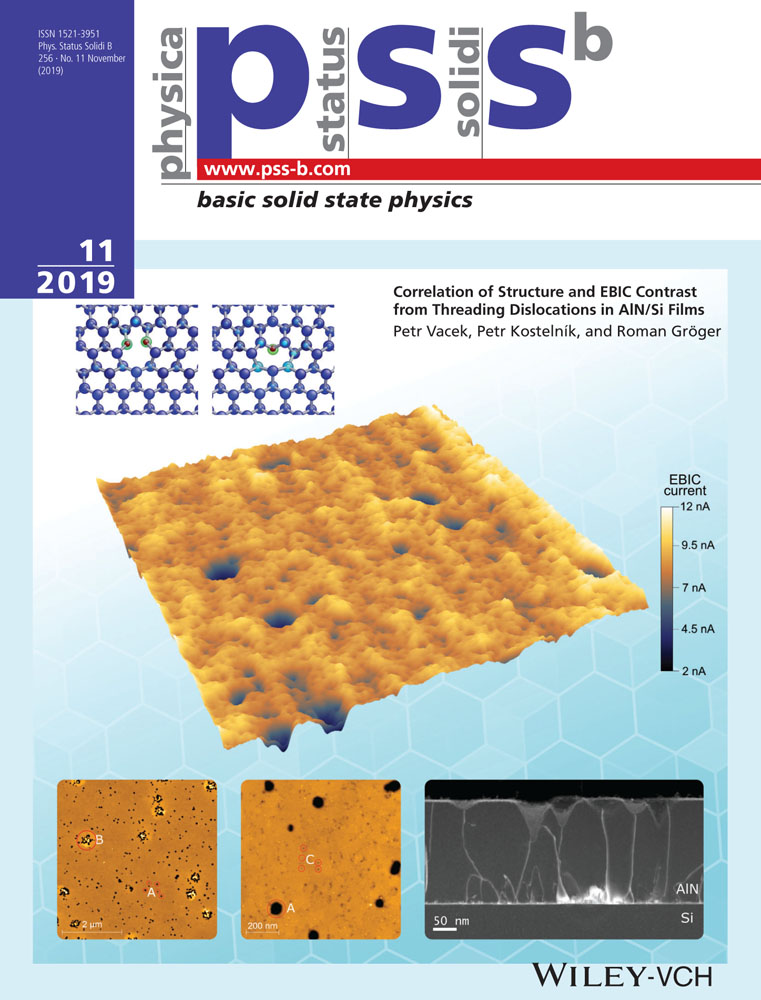Near Band-Edge Optical Excitation Leading to Catastrophic Ionization and Electron–Hole Liquid in Room-Temperature Monolayer MoS2
Abstract
Atomically thin materials exhibit exotic electronic and optical properties. Strong many-body interactions from the reduced dielectric environment lead to electronic phases that drastically change conductivity and optical response. For example, these many-body interactions can give rise to the formation of collective states such as Mott metal–insulator transitions, electron–hole liquids and plasmas, and excitonic condensates, which typically occur at cryogenic temperatures and high excitation densities. Herein, it is demonstrated that in monolayer MoS2 at room temperature, a low-density (1010 cm−2) excitonic gas is formed with continuous wave (CW) below-gap optical excitation. A slight increase in the excitation fluence triggers a nanosecond phase transition into a dense electron–hole liquid state with three orders of magnitude higher carrier density. This investigation suggests that while the material is in equilibrium with the CW excitation at the threshold fluence, thermomechanical expansion combined with continuous renormalization of the band gap leads to a sudden increase of optical absorption, which initiates runaway exciton ionization and the formation of a high density electron–hole plasma. Such abrupt changes in the excitation density and carrier population can be the basis of unprecedented applications based on 2D materials.
Conflict of Interest
The authors declare no conflict of interest.




